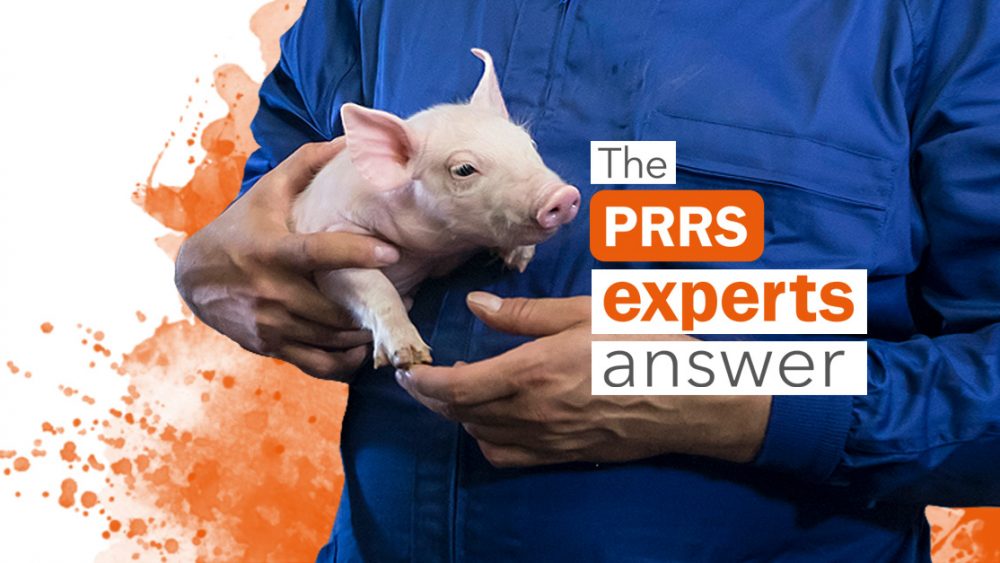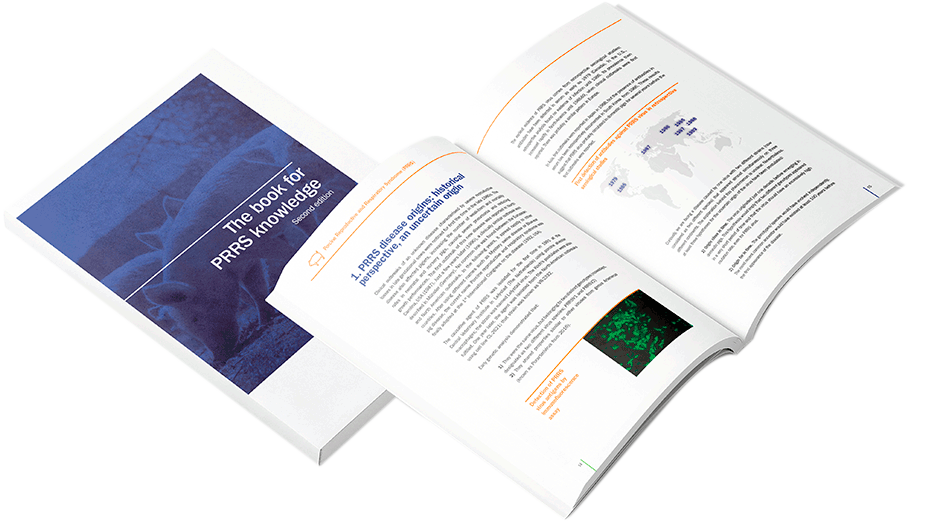A farm that had a PRRS outbreak in January 2016 is planning to extend the census during the first half of 2017 with the introduction of replacements weighing 20 kg in the fattening units. Should an infection with farm animals be used in addition to vaccination? Should nursery piglets be vaccinated to reduce the “risk”?
I understand that if 20-kg replacements are going to be introduced, the procedure will take place in an area separate from the farrowing unit.
If that is the case, I would recommend contact with farm animals in order to ensure that there are no subsequent re-circulations and always after vaccination. If the acclimatization process is done correctly, it should not generate re-circulation in the farrowing unit and, therefore, the herd should remain stable. In this case, I would not recommend vaccination of piglets in order to reduce the risk.
Before any extension of the census is carried out, it is important to know not only the replacements’ health status with regards to PRRS, but also whether they are positive or negative to M. hyo or other diseases.
As regards M.hyo, the introduction of negative sows may lead to late infection and M. hyo excretion at farrowing, which may be a destabilizing element when those animals reach the fattening phase. Contact with farm animals during the growth phase would prevent this from happening, as long as the gilts were previously vaccinated.
You can ask your own question! Visit Pig333.com and submit your question to our experts.

Marcovetgrup S.L. – Spain




